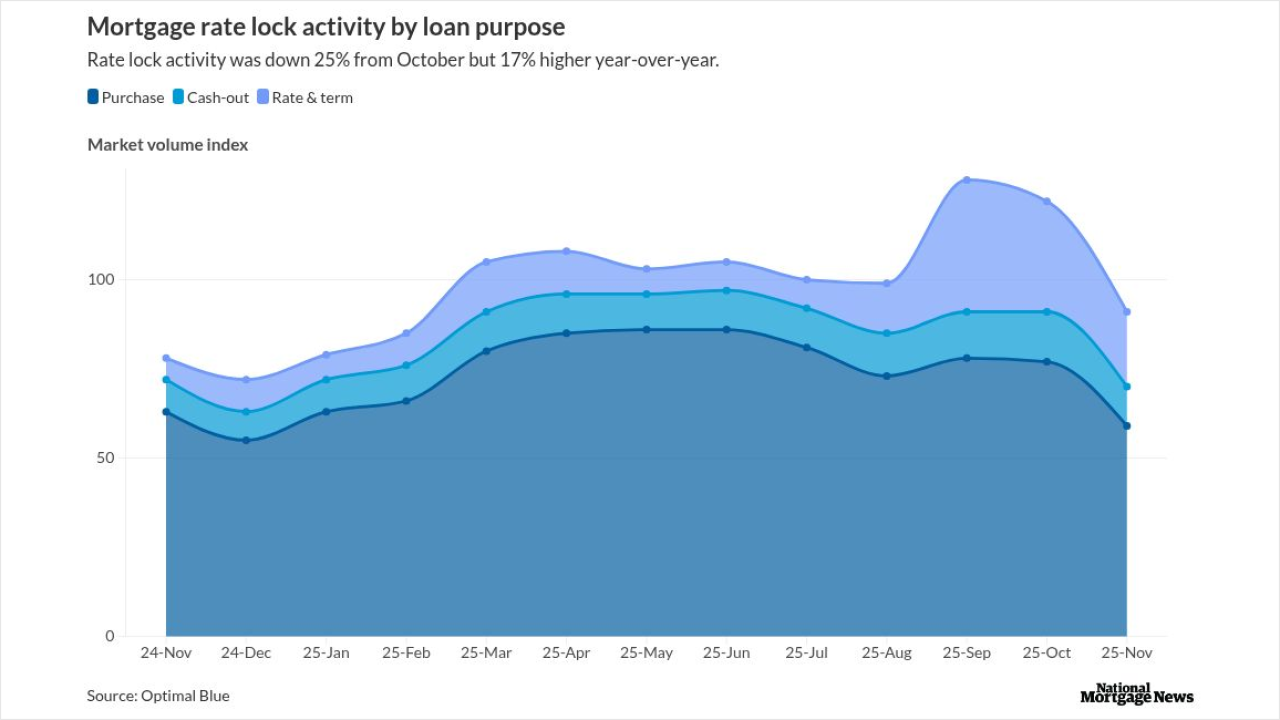The “rent a bank” model used by nonbanks to avoid state lending regulation may be coming to a crossroads in California.
Some high-cost lenders have threatened to use such a ploy to nullify a new California law that caps the annual interest rate at 36% on consumer loans with a principal amount of $2,500 to $9,999 issued by nonbank lenders. The
In the fight to protect the law, known as AB 539, from brazen evasion schemes by nonbanks — and the banks that aid and abet them — federal regulators cannot be expected to support California consumers. They will have to rely on state regulators and elected representatives.
Fortunately, California officials seem prepared to help.
The predatory lending that AB 539 addresses is big business in California. There were 333,416 loans made by nonbank lenders in 2018 that had an annual percentage rate of 100% or higher. Those loans had a
Three nonbank lenders licensed and regulated by the California Department of Business Oversight have told investors they can partner with out-of-state banks and make the rate cap set by AB 539 disappear. Those firms are Elevate Credit,
In 2018, the three lenders combined made 24.7% of the triple-digit APR loans in the dollar range that would be affected by AB 539.
California Assemblywoman Monique Limón and DBO Commissioner Manuel P. Alvarez, however, have signaled the scheme may encounter stiff resistance.
Limón, who introduced AB 539 as chair of the Banking and Finance Committee, recently sent letters to all three lenders, warning them that California “will not abide” their efforts to conduct “business as usual.”
Separately, Alvarez recently said:
“When a California-licensed lender openly tells shareholders that it plans to pivot loan origination from its California license to a third-party bank partner, there is concern the licensee may still be the true lender.” Alvarez’s comment addressed what will be the key issue in potential legal wrangling over AB 539.
The rent-a-bank tactic can work because of provisions in both federal and California law.
The
California law, however, presents a more fundamental problem. It provides all banks — both in-state and out-of-state — a blanket exemption from AB 539’s rate caps. Meaning, even without the FDIA provision, banks are not subject to AB 539.
Nonbank lenders have exploited these laws to get around state regulation by partnering with state-chartered banks in lender-friendly jurisdictions. Utah, where the law imposes no limits on consumer-loan interest rates, has been the hotbed of rent-a-bank activity.
As a legal matter, however, this scheme should only work if the bank (not the nonbank) is the true lender. Often, that is not the case.
Frequently, the bank sells the loans back to its nonbank partner within a few days after origination. The nonbank retains most or all of the risk if there is no payment. The nonbank does all the customer acquisition, loan servicing and interaction with customers.
If the nonbank is the true lender, as seems evident in such cases, it should not be allowed to use federal law to evade state regulation. Courts have ruled on both sides of the true-lender debate.
Meanwhile, state-chartered banks’ primary federal regulator — the Federal Deposit Insurance Corp. — seems disinclined to move aggressively against banks that help nonbanks circumvent AB 539.
Pressed recently by House Democrats about rent-a-bank partnerships that flout state-enacted rate caps, FDIC Chairman Jelena McWilliams
From a consumer protection perspective, that is a virtually meaningless statement. Consumers in California and across the nation deserve better.



